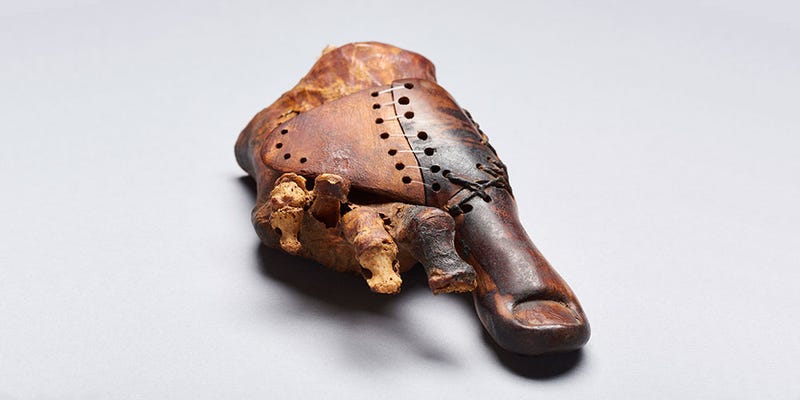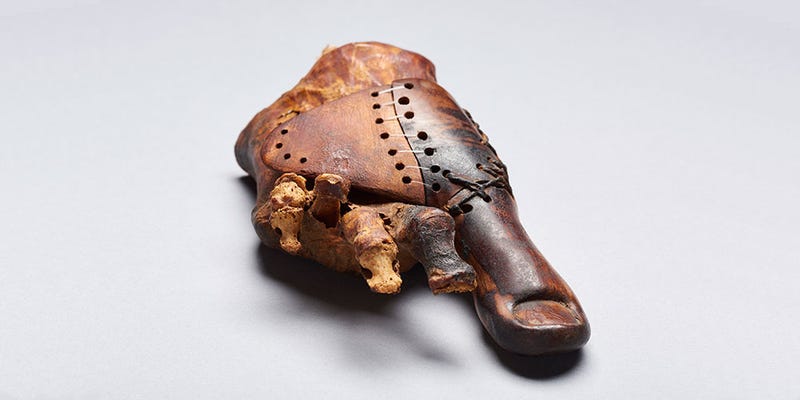
We have a tendency to believe that we are the most advanced humans in history. It can be seen in the names historians have given to various periods in the world’s history. Antiquity, modernity, and so on.Words that express disdain for what has come before us. However, contrary to popular belief, many, if not most, inventions are not novel. They were around since the beginning of time. Prosthetics, for example, are not a new phenomenon. Man-made devices to replace missing body parts were in use thousands of years ago.According to numerous scholars, including Dr. Jaqueline Finch of the University of Manchester, the oldest known prosthesis is from Kemet (ancient Egypt) and dates back 3,000 years. The woman, known as Tabaketenmut, is thought to have lived between 950 and 710 BC. The prosthetic toe was made of wood and leather and is now on display at the Egyptian Museum in Cairo. They described it as “possibly the oldest known intravital limb prosthesis” in their Lancet article. Is it, however, true? The Tabaketenmut toe was not the first ancient prosthetic toe discovered in Kemet. The Greville Chester toe can be seen by visitors to the Egyptian Galleries at the British Museum in London. The toe was discovered in Thebes and was made of cartonnage, a papier mâché-like blend of linen, animal glue, and plaster. The linen used …
3,000-Year-Old Artificial Tool Reveals Dark Secrets About AfricaRead More »
THIS CONTENT IS RESTRICTED TO SITE MEMBERS. IF YOU ARE AN EXISTING USER, PLEASE LOG IN. NEW USERS MAY REGISTER BELOW.IT’S FREE!

